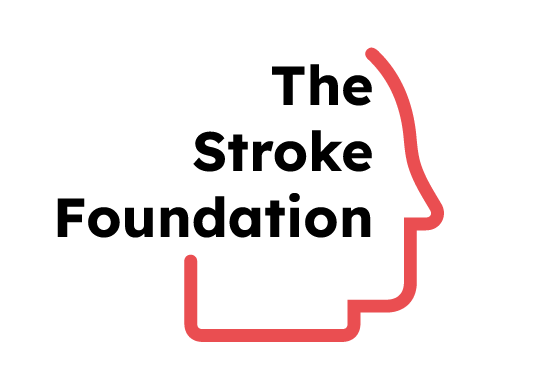What is CIMT?
Constraint-Induced Movement Therapy helps retrain your brain and body by limiting the use of your less affected limb. The idea is simple: by "forcing" yourself to use your weaker arm or hand, your brain creates new pathways to support recovery.
For example, if your left arm was affected by stroke and you naturally start doing everything with your right hand—brushing your teeth, grabbing a mug, opening doors—you may unintentionally stop trying to use the affected side. Over time, your brain learns this non-use, and that’s where CIMT comes in.
The Science Behind It: “Learned Non-Use”
CIMT is based on the "learned non-use" theory, which suggests that:
“Learned non-use develops early after a stroke, when a person starts relying more on their stronger limb due to difficulty using the weaker one. This compensation can actually slow down recovery in the affected arm or hand.”
By intentionally restricting the use of the stronger limb, you give the weaker one more opportunities to participate—helping to rebuild strength, coordination, and brain connection.
What Does CIMT Involve?
Standard CIMT is considered an intensive therapy. It typically involves:
- Wearing a mitt or sling on the less affected arm for up to 90 percent of your waking hours
- Participating in guided, repetitive exercises using the more affected limb
- Supervision and support from a trained occupational or physical therapist
Because of its intensity, not everyone is a candidate for full CIMT. However, many stroke survivors benefit from modified CIMT—a more flexible version used during therapy sessions or daily tasks under professional guidance.
Is CIMT Right for You?
Every stroke recovery journey is unique. CIMT can be incredibly effective for some survivors, but it’s not appropriate for everyone. If you're interested in exploring it, speak with your:
- Occupational therapist
- Physical therapist
- Physician or rehabilitation specialist
They’ll help determine whether CIMT or a modified version fits your stage of recovery and personal goals.

%20(1).png)
%20(2)%20(1).png)


%20(1).png)
